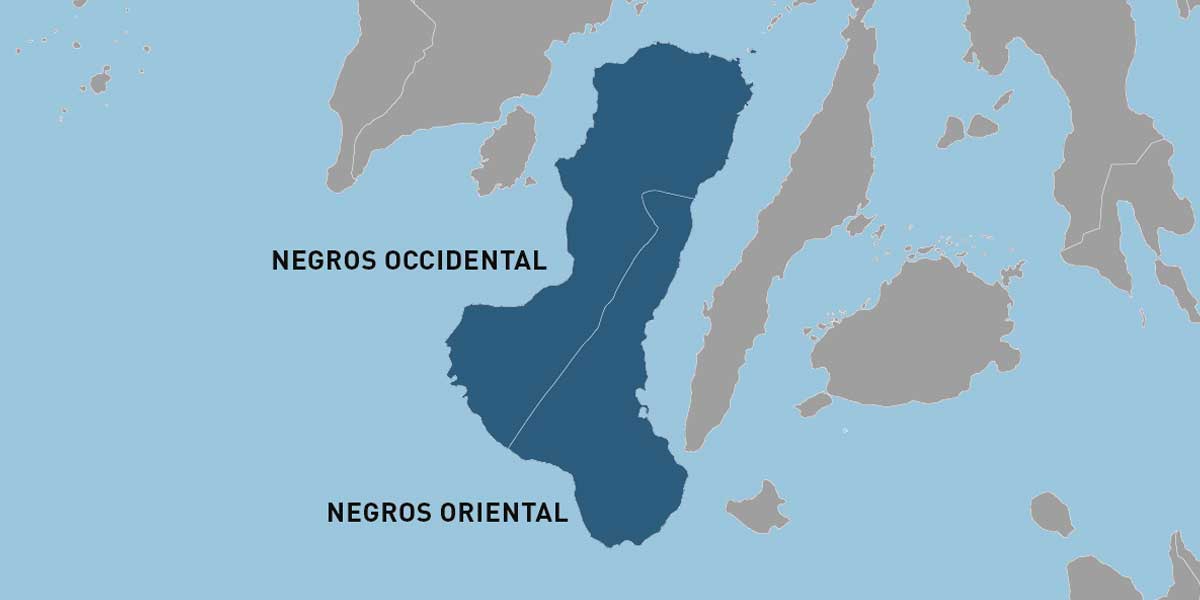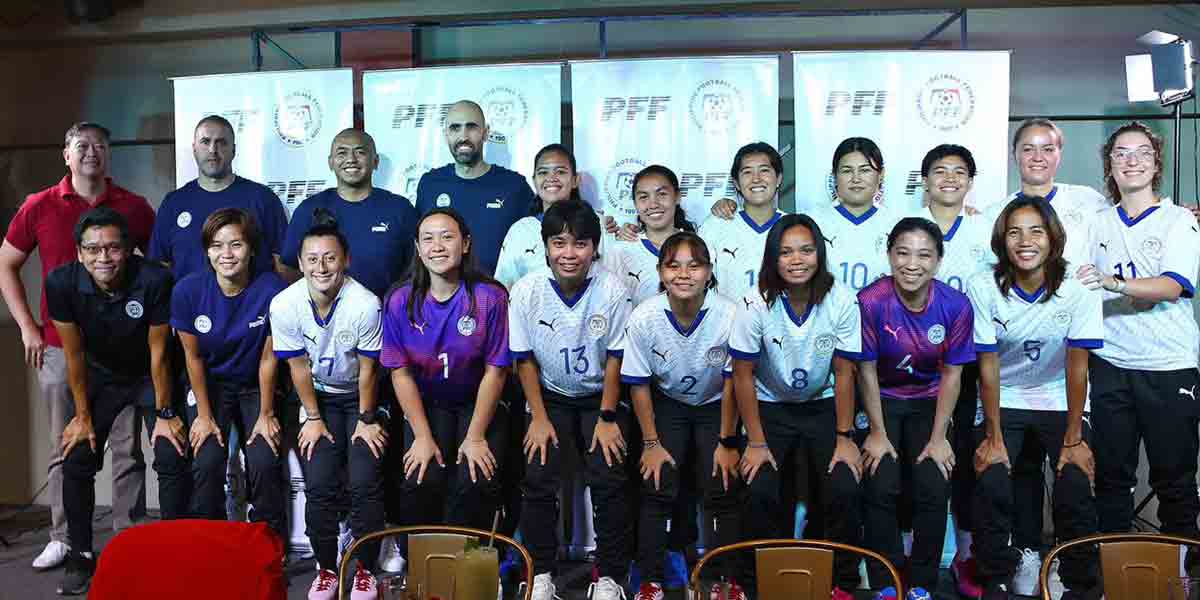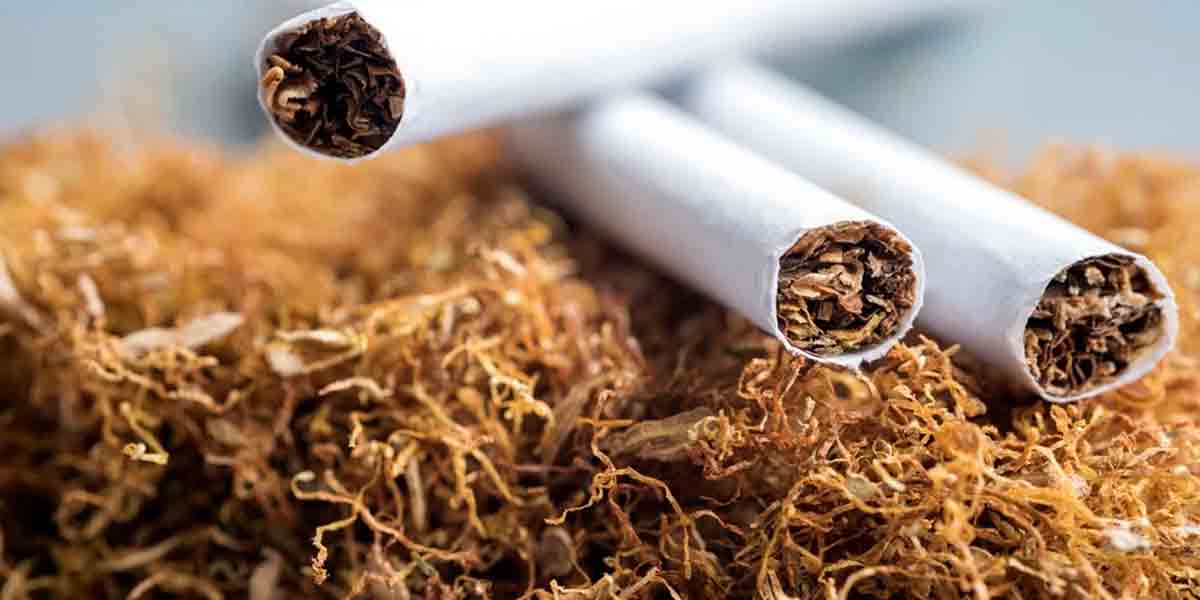The recent findings on land subsidence in Iloilo City serve as a stark reminder that the issues at hand are not a matter of which city is sinking the fastest, but rather a crucial warning to urban centers everywhere to be vigilant about their environmental and infrastructural management.
According to a comprehensive study conducted by the University of the Philippines Resilience Institute, parts of Iloilo City are subsiding at alarming rates, with some areas sinking as much as 9 millimeters per year. This is not a trivial statistic; it is a wake-up call for the city’s policymakers, urban planners, and residents.
It’s tempting to view these findings as just another data point or a ranking of which cities are most affected. However, that perspective misses the bigger picture. The ground subsidence in Iloilo is a symptom of broader issues that could have irreversible consequences if not addressed promptly. The study highlights how urbanization, groundwater extraction, and natural sediment compaction are exacerbating this phenomenon.
Ignoring or downplaying these concerns could lead to severe repercussions, including saltwater intrusion into freshwater supplies and increased flooding. These problems will not just disrupt daily life; they will also jeopardize the long-term viability of the city’s infrastructure and its ability to sustain economic growth.
The sinking ground in districts like Mandurriao, Molo, and La Paz is particularly troubling due to their dense populations and rapid urban development. These areas are the lifeblood of Iloilo City, and their vulnerability to subsidence threatens not just their immediate surroundings but the entire metro area.
What’s more, the study’s findings suggest that the intrusion of saline water into wells is already happening in Molo. This isn’t just an environmental issue; it’s a public health and safety concern that could become unmanageable if left unchecked.
This is not a drill; it is a call to action. The solution requires a multifaceted approach. Effective groundwater management is paramount, as excessive extraction is a major contributor to the subsidence problem. Local governments, with support from national agencies, must take the lead.
Furthermore, urban planners must integrate these environmental considerations into their designs, ensuring that future developments do not exacerbate the problem.
Let this be a lesson to all cities facing similar issues. It’s not about who is sinking the fastest; it’s about who is acting swiftly and decisively to ensure a sustainable future. The consequences of inaction are too severe to ignore, and the time for action is now.





















